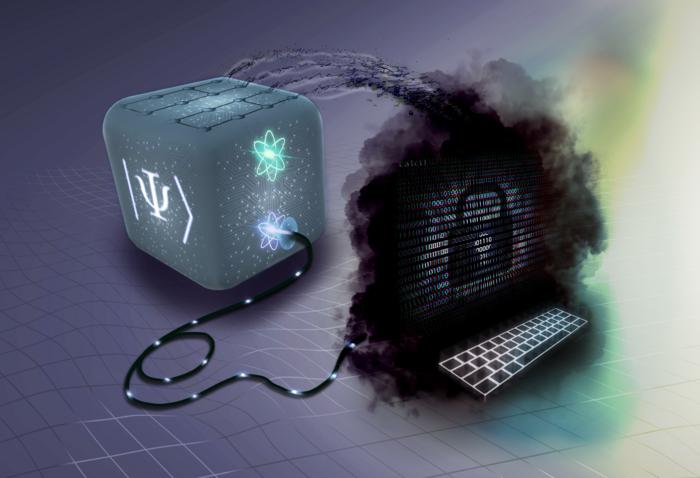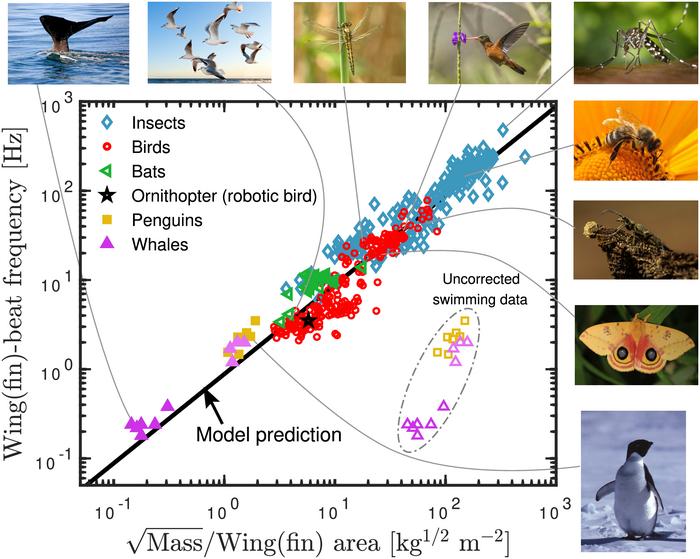Decoding NK Cell Changes After Ibrutinib Therapy
In a groundbreaking study that sheds new light on the immune system’s role in combating chronic lymphocytic leukemia (CLL), researchers have unveiled critical insights into natural killer (NK) cell subset dynamics following ibrutinib therapy. Utilizing cutting-edge single-cell transcriptomics, this work offers a detailed dissection of how NK cell populations and their genetic signatures evolve post-treatment, […]


In a groundbreaking study that sheds new light on the immune system’s role in combating chronic lymphocytic leukemia (CLL), researchers have unveiled critical insights into natural killer (NK) cell subset dynamics following ibrutinib therapy. Utilizing cutting-edge single-cell transcriptomics, this work offers a detailed dissection of how NK cell populations and their genetic signatures evolve post-treatment, opening doors to more precise immunotherapeutic interventions for CLL patients.
Natural killer cells, vital components of the innate immune system, are renowned for their ability to target and destroy malignant cells without prior sensitization. Despite their importance, understanding the nuanced behavior and adaptation of NK cell subsets in the context of CLL, especially after targeted therapies like ibrutinib, has remained elusive. This research bridges that knowledge gap by delivering a nuanced portrayal of NK cell diversity, function, and molecular underpinnings in disease progression and therapy response.
Researchers collected peripheral blood samples spanning a spectrum of clinical stages, including individuals with monoclonal B-cell lymphocytosis (MBL), newly diagnosed CLL (ND-CLL), and those who had undergone ibrutinib treatment achieving complete or partial responses. Additionally, samples from patients suffering from Richter’s syndrome—a highly aggressive transformation of CLL—were included to provide a comprehensive overview of NK cell behavior in varying disease contexts. This heterogeneous sample set allowed for an in-depth comparative analysis of NK cell subset evolution.
The team harnessed single-cell RNA sequencing technologies to profile the transcriptomes of individual NK cells extracted from patient blood samples. This granular approach enabled precise identification of cellular subsets, their gene expression patterns, and the dynamic shifts occurring in response to therapeutic intervention. Furthermore, the researchers implemented pseudotemporal analysis — a computational technique that orders cells along an inferred developmental or differentiation trajectory — to elucidate the temporal dynamics and lineage relationships of NK cell subsets post-ibrutinib.
Three distinct NK cell subsets emerged from this exhaustive profiling: CD56^bright NK cells, typically associated with immune regulation and cytokine production; CD56^dim NK cells, known for their cytotoxic prowess; and a novel, highly cytotoxic subset uniquely enriched in CLL patients, designated as CLL_NK cells. This newly characterized CLL_NK subset demonstrated a pronounced gene expression signature indicative of specialized functional roles, setting it apart from conventional NK populations.
To uncover crucial genes driving the biology of the CLL_NK subset, the authors employed Mendelian randomization and genomic colocalization analyses—statistical genetics methods that integrate genetic association data to infer causality and pinpoint gene-trait linkages. Such analyses yielded a core set of key genes underpinning the function and expansion of the CLL_NK compartment, thereby illuminating molecular targets with potential therapeutic relevance.
Capitalizing on the discovery of these core genes, the researchers developed a novel cell subset-specific index, termed the CLL_NK Index (CNI), designed to quantify and predict patient responses to immunotherapy. This index not only reflects the abundance and activity of the CLL_NK subset but also serves as a biomarker framework for stratifying patients based on predicted treatment outcomes, thus promising improved personalized therapy.
Beyond genetic profiling, a battery of immune infiltration algorithms were applied to assess the interplay between NK subsets and the broader immune microenvironment within CLL. This integrative analysis uncovered complex regulatory networks and highlighted the critical influence of the CLL_NK subset in modulating immune surveillance and evasion mechanisms, which are pivotal challenges in effective leukemia treatment.
To propel translational potential, the study incorporated drug sensitivity assays combined with molecular docking simulations, aiming to identify compounds capable of modulating NK cell activity or directly targeting malignant B cells. This comprehensive pipeline highlighted semaxanib and ulixertinib as promising candidates, enriching the therapeutic arsenal against CLL. Semaxanib, primarily an angiogenesis inhibitor, and ulixertinib, an ERK1/2 kinase inhibitor, may synergistically augment immune-mediated clearance of leukemic cells by optimizing NK cell functionality.
Crucially, this work underscores the dynamic plasticity of NK cell populations under the selective pressure of ibrutinib therapy. The expansion and functional recalibration of the CLL_NK subset reflect adaptive immune remodeling, which can either facilitate therapeutic success or contribute to resistance mechanisms. Understanding this delicate balance offers new avenues to enhance the efficacy of existing treatments or design novel immunomodulatory strategies.
Moreover, the single-cell transcriptomic approach adopted provides an unprecedented resolution into cellular heterogeneity, unveiling fine-grained molecular features that bulk RNA sequencing methods often obscure. This technological advancement illuminates the complexity of immune cell landscapes in cancer and exemplifies the potential of precision immunology to revolutionize clinical oncology, particularly in indolent but treatment-resistant malignancies like CLL.
The implications of these findings are profound. By mapping NK cell behaviors, identifying key genetic drivers, and linking these elements to clinical outcomes, the study sets the stage for integrating NK cell signatures into routine prognostic and therapeutic frameworks. Such integration heralds a future where monitoring immune cell subsets could guide real-time treatment decisions, tailoring interventions to the evolving immune milieu within individual patients.
Importantly, this research also signals the vital need to consider immune system components beyond the traditionally studied T and B lymphocytes. NK cells, often underappreciated in the context of CLL, now emerge as pivotal players capable of influencing disease course and therapeutic responsiveness. Unlocking their full potential could transform the landscape of immunotherapy for hematologic cancers.
As the field moves forward, further studies are needed to validate the CNI in larger, multicenter cohorts and to explore how modulating the CLL_NK subset might synergize with other treatment modalities, including checkpoint inhibitors and CAR-NK therapies. Such efforts could amplify anti-leukemic immune responses, minimizing relapse and improving long-term survival.
In summary, this landmark research unravels the complex NK cell subset dynamics and their molecular circuits following ibrutinib therapy in CLL, charting a path toward more refined, immune-informed therapeutic strategies. It illuminates the promise of integrating advanced single-cell analyses with genetic epidemiology and computational drug screening to revolutionize cancer care.
Subject of Research: Investigation of NK cell subsets and specific gene signatures dynamics post-ibrutinib therapy in chronic lymphocytic leukemia using single-cell transcriptomics.
Article Title: Unravelling NK cell subset dynamics and specific gene signatures post-ibrutinib therapy in chronic lymphocytic leukaemia via single-cell transcriptomics
Article References:
Liu, C., Ding, T., Zou, R. et al. Unravelling NK cell subset dynamics and specific gene signatures post-ibrutinib therapy in chronic lymphocytic leukaemia via single-cell transcriptomics. BMC Cancer 25, 745 (2025). https://doi.org/10.1186/s12885-025-14166-0
Image Credits: Scienmag.com
DOI: https://doi.org/10.1186/s12885-025-14166-0
Tags: chronic lymphocytic leukemia researchdisease progression in CLLgenetic signatures of NK cellsibrutinib therapy effectsimmune system adaptation in cancer therapyimmunotherapy advancements for CLLmonoclonal B-cell lymphocytosis insightsnatural killer cells and cancerNK cell subset dynamicsRichter’s syndrome and NK cell behaviorsingle-cell transcriptomics in immunologytargeted therapies in leukemia treatment
What's Your Reaction?

































